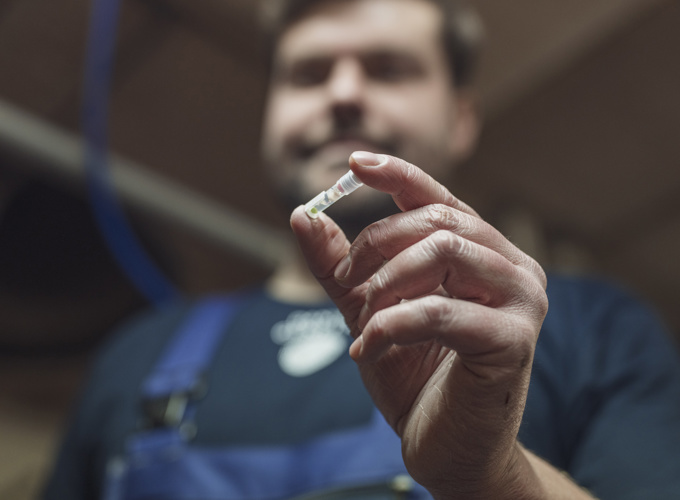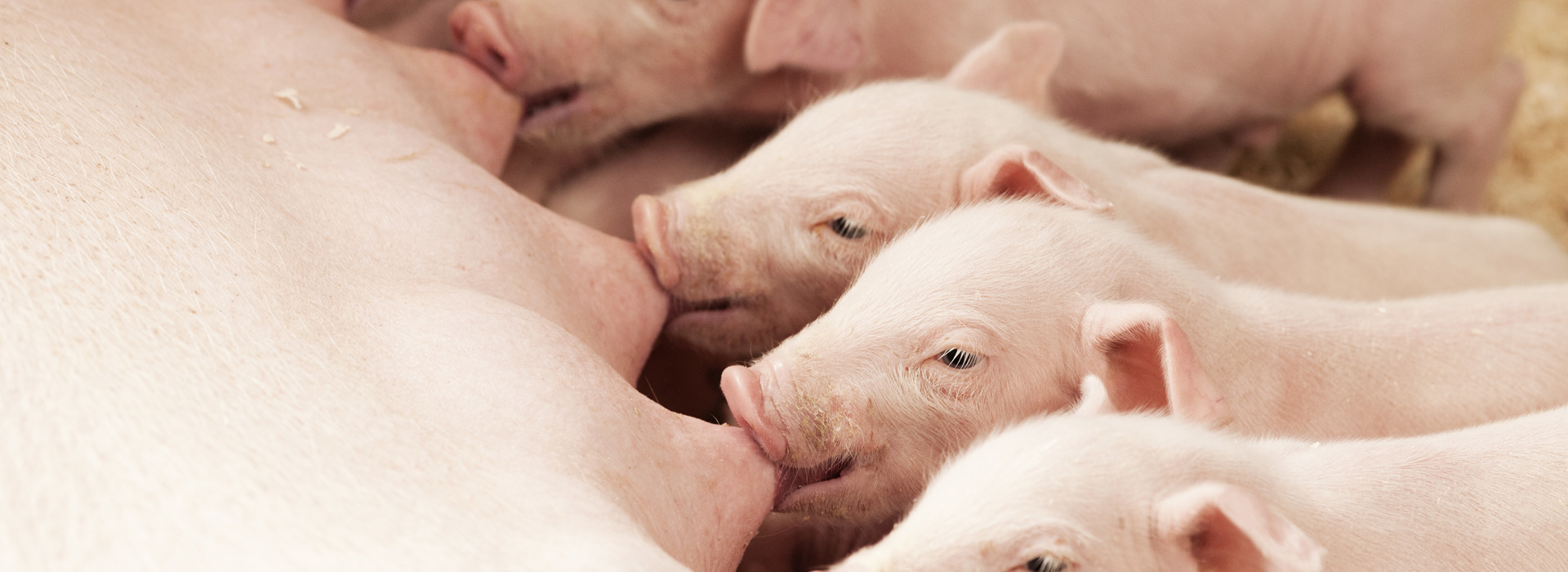DNA-markers
We use knowledge about the DNA markers of the individual breeding animal to indicate with great precision how likely it is that a specific breeding animal passes on certain characteristics. With that knowledge, we determine the breeding value for the individual traits.
Using genomic selection, we can determine which breeding animals to select in our breeding herds to make up the next generation. We go for the breeding animals that will genetically create the best results in relation to the specific traits. Some traits are less hereditary than others, but through genomic selection, the possibility of certain traits can be increased by the right composition of breeding candidates.

Increasing breeding progress with 30 % through genomic selection
Using genomic selection, we can determine the animal's characteristics much earlier in the breeding work and thus more quickly breed on them. Compared to previous methods, breeding progress is increased by 30% with genomic selection.

DNA-test of high quality
To achieve a safe and valid result every time, DNA samples that provide good data quality are needed.
To reduce invalid samples and risk of error, samples from the pig's ear can be used. You take a tissue sample from the pig's ear and seal it in a container with liquid, which is then sent to the laboratory.
By using samples from the pig's ear, you ensure that you get enough tissue and DNA to be able to make proper samples that can be used in further development and breeding.
At Danish Genetics we take DNA samples from all pigs in the breeding herds when they are around 6 weeks old. With the DNA information for each breeding animal, we can select animals with the best genes in relation to the traits of the breeding program. With great precision we know how likely it is that a specific breeding animal passes on certain traits. With that knowledge, we can determine the breeding value for the individual traits.
This means that we can determine the traits of the single animal much earlier and thereby benefit from a faster breeding process. This increases the breeding progress with 30 % compared to previous methods.
We also use DNA sampling in connection with paternity testing of our breeding animals as part of our strict safety and validation check of the breeding program. For the safety of the customers and the breeding program.










